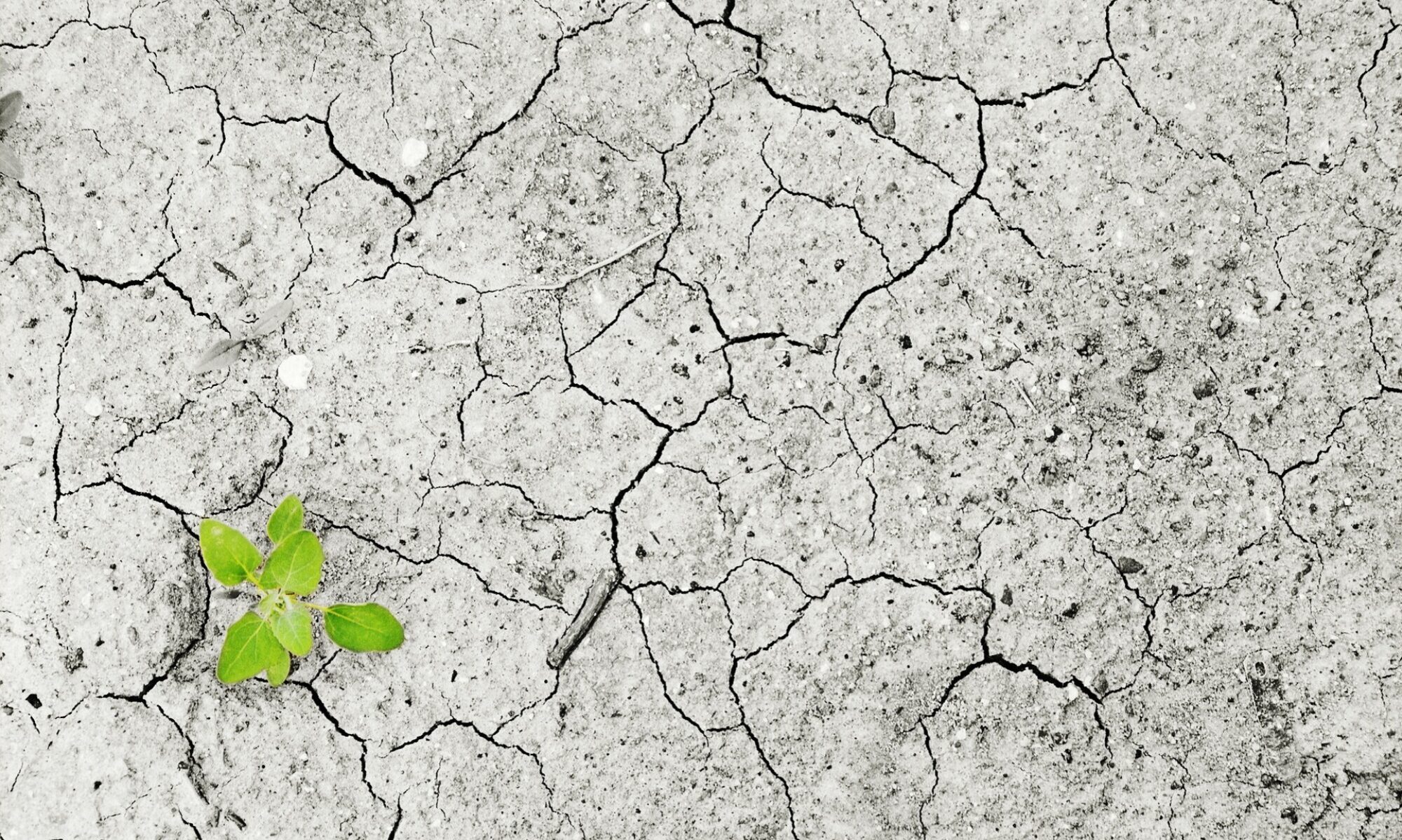20 January 2022 – by Deniz Saygi
The COP26 Climate Talks in Glasgow introduced a new discussion about how the richest and developed countries can help the poorer ones to make a transition in terms of both cleaner and sustainable energy. In this regard, Argentina and Ecuador offered a solution to their creditors: Climate action instead of money.
Alberto Fernández, the President of Argentina, stated the country needs more flexibility to pay the debt of US$45 billion that Argentina owes to the International Monetary Fund (IMF) and the country’s efforts to slow the effects of climate change should be recognised. In this context, he pointed out that they are willing to link part of the payment to essential investments in green infrastructure. Fernández also declared that Argentina cut its greenhouse gas emissions by 27 per cent since 2016, as promised.
“The health crisis of the pandemic only exposed a much bigger crisis affecting the environment, society and the economy. We must create mechanisms to pay for ecosystem services, swapping debt for climate action and installing the concept of environmental debt,” said Fernández during the COP26 United Nations Climate Summit in Glasgow at the Forum gathering over 120 leaders.
In addition to Argentina’s demand, Ecuador’s President Guillermo Lasso asked for the country’s foreign debts to be swapped for conserving the Galapagos Islands. Lasso declared that the marine reserve of the Galapagos Islands which are considered a natural treasure would be expanded by 60,000 square kilometres and required its creditors the debts of the country to be regulated as the conservation debt for the archipelago.
“We estimate it will be the biggest debt swap for conservation that has taken place globally until now,” Lasso said during a news conference on the sidelines of the COP26 Summit in Glasgow.




